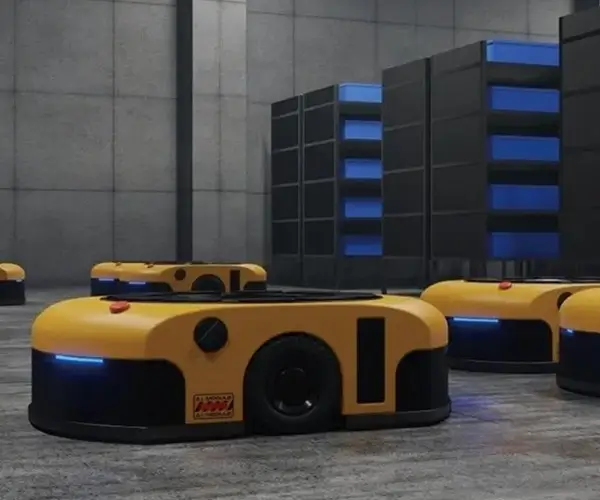Ever wondered how to make a servo motor dance to your code’s tune using Arduino? It’s like teaching a tiny robot to follow your commands, and honestly, it's pretty satisfying when it all clicks. So, let’s dive into how you can set this up without getting tangled in complicated jargon. Trust me, once you get the hang of it, it’s like flipping a switch and watching that servo move exactly how you want.

First off, the basics. A servo motor is a pretty smart little device that can rotate to a specific angle within its range. Whether you’re building a robot arm, a drone, or even a smart camera, knowing how to control a servo is a game-changer. Arduino makes it super friendly—just a few lines of code, and boom, your motor obeys.
Here’s what you'll need: an Arduino board, a servo motor, some jumper wires, and a power source. That’s it. Just connect the servo's power and ground to the Arduino, and the signal wire to a PWM pin—like pin 9. Simple. Now, the fun part begins: coding.
In your sketch, include the Servo library. It’s like adding seasoning to a recipe—without it, things won’t taste right. You start by creating a servo object, then attach it to the pin you’ve wired up. Setting the position is as easy as calling a function with a specific angle—0 to 180 degrees. Imagine telling your servo, “Hey, rotate to 90 degrees,” and it executes smoothly.
A common question: “How do I make the servo move continuously back and forth?” That’s where the loop comes in. You can use a for-loop to gradually increase the angle, then decrease it, making your servo sway like a gentle pendulum. It’s mesmerizing and really gets that hacking vibe going.
Now, what if you want to add sensors or other inputs? Picture this: a photoresistor detecting light, and your servo following the sunlight around the room. Suddenly, the project becomes alive, almost organic. The possibilities unfold in endless directions, all starting from that simple code snippet.
Some folks worry about power supply issues—yes, sometimes the servo demands more juice than your Arduino can give. Using an external power source becomes necessary to prevent undervoltage hiccups. No one wants a jittery motor, after all.
In the end, mastering how to code a servo motor in Arduino is like learning a new dance move. It opens up tons of creative avenues, from robots waving hello to art installations that respond to your touch. The process is pretty intuitive once you get comfortable with the basics, and with a little tinkering, you’ll see your ideas come to life.
Imagine the satisfaction of tweaking that little angle, watching your servo obey every command flawlessly. That’s the magic of Arduino—making electronics feel almost like magic, but really, it’s just understanding the language of code and motors working together.
Established in 2005, Kpower has been dedicated to a professional compact motion unit manufacturer, headquartered in Dongguan, Guangdong Province, China. Leveraging innovations in modular drive technology, Kpower integrates high-performance motors, precision reducers, and multi-protocol control systems to provide efficient and customized smart drive system solutions. Kpower has delivered professional drive system solutions to over 500 enterprise clients globally with products covering various fields such as Smart Home Systems, Automatic Electronics, Robotics, Precision Agriculture, Drones, and Industrial Automation.




































